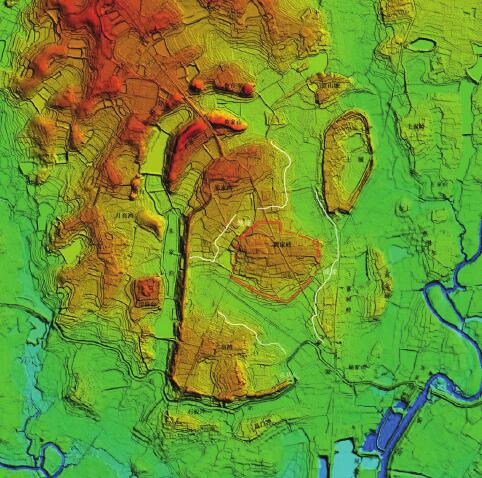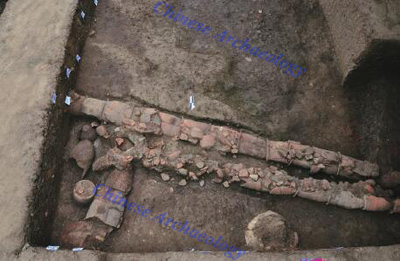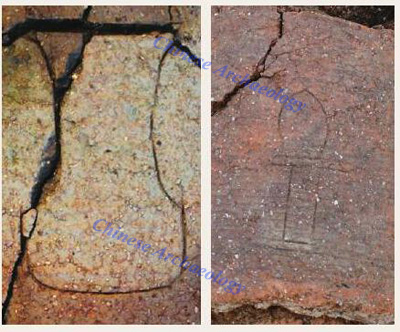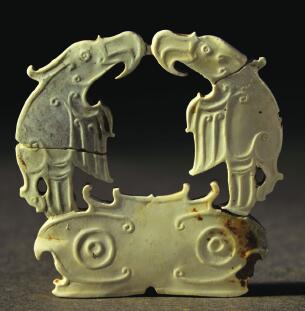The Largest Walled Ruin, Sacrificial Remain and Delicate Jade Objects Found in Neolithic Shijiahe Site, Hubei Province
From:Chinese Archaeology NetWriter:Date:2017-04-13
Neolithic Shijiahe Site complex is situated in Tianmen city, Hubei province. Since 2015 to 2016, a joint archaeological team consisting of Hubei Provincial Institute of Cultural Relics and Archaeology, School of Archaeology and Museology Peking University conducted the field survey to its core area and excavated 3 main site called Yinxintai, Tanjialing and Sanfangwan, which achieved significant progress.
Digital mapping of Tanjialing ancient city
The new discovered Tanjialing ancient walled-ruin provides an important clue to recognize the formation progress of Shijiahe settlement. The wall of Tanjialing ruin was build up by relatively pure loess, in irregular round shape, measured 10 meters wide on top and 1.5 meters thick. The total area is about 200,000 square meters. The moat is about 30 meters wide and 9 meters depth. According to the stratigraphic relationships and artifacts features, Tanjialing ancient walled ruin was earlier than that in Shijiahe site, not later than the early phase of Qujialing culture, it might belong to the late period of Youziling culture. So far, it was considered as the largest-scale pre-historical walled-ruin ever found of that period.

Nesting cylindrical pots in Yinxintai Site

Symbols engraved on the pot found in Yinxintai Site
The found of Yinxintai sacrificial site provides important materials for researching the functional area distribution of Shijiahe ancient walled site. Yinxintai site was located on the west of Shijiahe ancient walled site. Five man-made earthen platforms and 6 sets of nesting cylindrical pots had been revealed. The 5 earthen platforms were all in rectangular shape and rammed by pure loess, while the largest one measured 30 meters long from east to west, and 13 meters wide in north-south direction. A number of urns, upside-down covered bowls as well as standing pots were found along the platform. Moreover, 2 sets of nesting cylindrical pots were discovered by archaeologists in the bottom land between platform No.2 and platform No.3, with some symbols engraved on the pot. It could be speculated that the date of Yinxintai sacrificial site was about the late period of Shijiahe culture, during its heyday. So far, it was also the largest prehistorical sacrificial site ever found at middle reaches of the Yangtze River.

Jade ornament found in Urn coffin W8
Shijiahe site-complex was considered as the largest, long-lasting and highest-level prehistorical settlement ever found in the middle reaches of the Yangtze River. It plays an important role in the process of exploring Chinese civilization. The field survey to the highland and lowland outside the Shijiahe ancient walled ruin and the excavation data gained from South Sanfangwan site offer some insight into the layout, distribution and structure of Shijiahe site-complex. (Translator: Zhang Chen)

